"An autonomous charger adaptor for all autonomous EVs that augments the current EV charging ecosystem"
Spinergy will make the autonomous car industry more efficient by reducing the number of charging stations needed when cars can automatically interchange places with other EVs to charger their power.
With Spinergy, autonomous delivery companies can charge their fleets anywhere they have an autonomous charger placed in the city without human intervention.
Spinergy helps promote the adoption of EVs by making it more convenient for users without having to ever manually charge their car.
Spinergy promotes EVs in neighborhoods and cities. By supporting the transition to an EV based society, Spinergy is contributing to the reduction of dangerous emissions.
"An autonomous charger adaptor for all autonomous EVs that augments the current EV charging ecosystem"
"An autonomous charger adaptor for all autonomous EVs that augments the current EV charging ecosystem"
Patent Pending
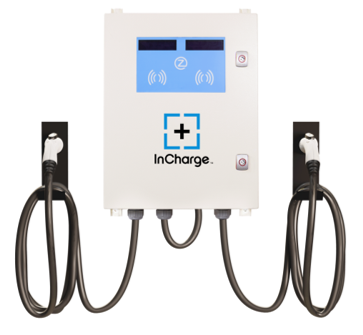
Average Level 2 EV Charger

Plugs in to Spinergy EV Charger Adapter
Spinergy will search and plug in

Incorporate Spinergy in to Autonomous Driving Electric Vehicles
Patent Pending








Electric Vehicle Background
In both the United States and Canada, groundbreaking legislation and amendments are not just encouraging but propelling the adoption of electric vehicles. Canada’s Electric Vehicle Availability Standard is pushing for all new light-duty vehicles sold after 2035 to be zero emission, while the EV Acceleration Challenge in The USA has a goal of 50% off new vehicle sales being electric vehicles by 2030, and to increase from there on. These initiatives underscore the region's commitment to reducing carbon emissions and transitioning towards cleaner, more sustainable transportation solutions. And as we look ahead, the importance of EVs in our daily lives is set to grow exponentially, signaling a future ripe with opportunities for innovation and growth.
Electric Vehicle Background

In both the United States and Canada, groundbreaking legislation and amendments are not just encouraging but propelling the adoption of electric vehicles. Canada’s Electric Vehicle Availability Standard is pushing for all new light-duty vehicles sold after 2035 to be zero emission, while the EV Acceleration Challenge in The USA has a goal of 50% off new vehicle sales being electric vehicles by 2030, and to increase from there on. These initiatives underscore the region's commitment to reducing carbon emissions and transitioning towards cleaner, more sustainable transportation solutions. And as we look ahead, the importance of EVs in our daily lives is set to grow exponentially, signaling a future ripe with opportunities for innovation and growth.
Electric Vehicle Background

In both the United States and Canada, groundbreaking legislation and amendments are not just encouraging but propelling the adoption of electric vehicles. Canada’s Electric Vehicle Availability Standard is pushing for all new light-duty vehicles sold after 2035 to be zero emission, while the EV Acceleration Challenge in The USA has a goal of 50% off new vehicle sales being electric vehicles by 2030, and to increase from there on. These initiatives underscore the region's commitment to reducing carbon emissions and transitioning towards cleaner, more sustainable transportation solutions. And as we look ahead, the importance of EVs in our daily lives is set to grow exponentially, signaling a future ripe with opportunities for innovation and growth.
Autonomous Vehicle Background

Parallel to the rise of EVs is the ascent of autonomous driving. In 2022, North America claimed the largest share of the autonomous vehicle market, roughly a staggering 40%. This figure is a testament to the region's innovation, technological pursuit, and forward-thinking policies. The trajectory is undeniable: North America is becoming the epicenter of autonomous driving technology. When you combine this with the surge in EV adoption, you get a clear picture: the landscape of transportation and mobility in North America is on the cusp of a profound transformation.
Autonomous Vehicle Background

Parallel to the rise of EVs is the ascent of autonomous driving. In 2022, North America claimed the largest share of the autonomous vehicle market, roughly a staggering 40%. This figure is a testament to the region's innovation, technological pursuit, and forward-thinking policies. The trajectory is undeniable: North America is becoming the epicenter of autonomous driving technology. When you combine this with the surge in EV adoption, you get a clear picture: the landscape of transportation and mobility in North America is on the cusp of a profound transformation.
Autonomous Vehicle Background
Parallel to the rise of EVs is the ascent of autonomous driving. In 2022, North America claimed the largest share of the autonomous vehicle market, roughly a staggering 40%. This figure is a testament to the region's innovation, technological pursuit, and forward-thinking policies. The trajectory is undeniable: North America is becoming the epicenter of autonomous driving technology. When you combine this with the surge in EV adoption, you get a clear picture: the landscape of transportation and mobility in North America is on the cusp of a profound transformation.
Problem

However, with the rise of autonomous driving EVs, a pressing question emerges that needs to be addressed – Who will charge these vehicles?
Autonomous EV fleets still depend on people to manually plug-in their vehicles. That labor erodes the very efficiency that autonomy promises.
For a truly autonomous driving future, our focus must extend beyond the road to the charging stations. The charging infrastructure demands as much attention and innovation as the vehicles themselves. It's not just about ensuring these vehicles can drive autonomously; it's about guaranteeing they can recharge autonomously too, closing the loop on a fully autonomous ecosystem.
Problem
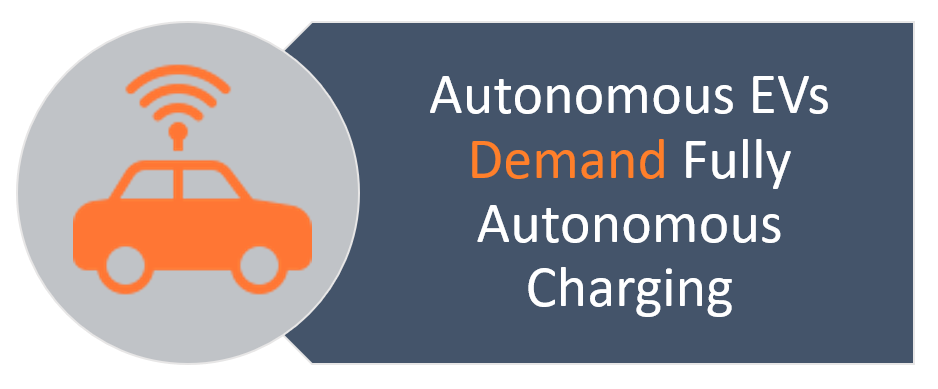
However, with the rise of autonomous driving EVs, a pressing question emerges that needs to be addressed – Who will charge these vehicles?
Autonomous EV fleets still depend on people to manually plug-in their vehicles. That labor erodes the very efficiency that autonomy promises.
For a truly autonomous driving future, our focus must extend beyond the road to the charging stations. The charging infrastructure demands as much attention and innovation as the vehicles themselves. It's not just about ensuring these vehicles can drive autonomously; it's about guaranteeing they can recharge autonomously too, closing the loop on a fully autonomous ecosystem.
Problem
However, with the rise of autonomous driving EVs, a pressing question emerges that needs to be addressed – Who will charge these vehicles?
Autonomous EV fleets still depend on people to manually plug-in their vehicles. That labor erodes the very efficiency that autonomy promises.
For a truly autonomous driving future, our focus must extend beyond the road to the charging stations. The charging infrastructure demands as much attention and innovation as the vehicles themselves. It's not just about ensuring these vehicles can drive autonomously; it's about guaranteeing they can recharge autonomously too, closing the loop on a fully autonomous ecosystem.
Solution

Spinergy is a solution engineered with a blend of novel techniques that have yet to enter the electric vehicle market. Spinergy employs sensors to effortlessly locate and engage charging plugs with electric vehicles to ensure a seamless and autonomous charging experience every time.
Spinergy works with any EV without permanent modifications and retains a wired connection to ensure compatibility with the fastest charging stations.
By redefining the boundaries of what's possible, Spinergy not only caters to the compact electric vehicle but also opens the door to a future where every electric vehicle, regardless of size or height, can reap the benefits of autonomous charging.
Solution

Spinergy is a solution engineered with a blend of novel techniques that have yet to enter the electric vehicle market. Spinergy employs sensors to effortlessly locate and engage charging plugs with electric vehicles to ensure a seamless and autonomous charging experience every time.
Spinergy works with any EV without permanent modifications and retains a wired connection to ensure compatibility with the fastest charging stations.
By redefining the boundaries of what's possible, Spinergy not only caters to the compact electric vehicle but also opens the door to a future where every electric vehicle, regardless of size or height, can reap the benefits of autonomous charging.
Solution
Spinergy is a solution engineered with a blend of patent pending techniques that have yet to enter the electric vehicle market. Spinergy employs sensors to effortlessly locate and engage charging plugs with electric vehicles to ensure a seamless and autonomous charging experience every time.
Spinergy works with any EV without permanent modifications and retains a wired connection to ensure compatibility with the fastest charging stations.
By redefining the boundaries of what's possible, Spinergy not only caters to the compact electric vehicle but also opens the door to a future where every electric vehicle, regardless of size or height, can reap the benefits of autonomous charging.
Value Proposition
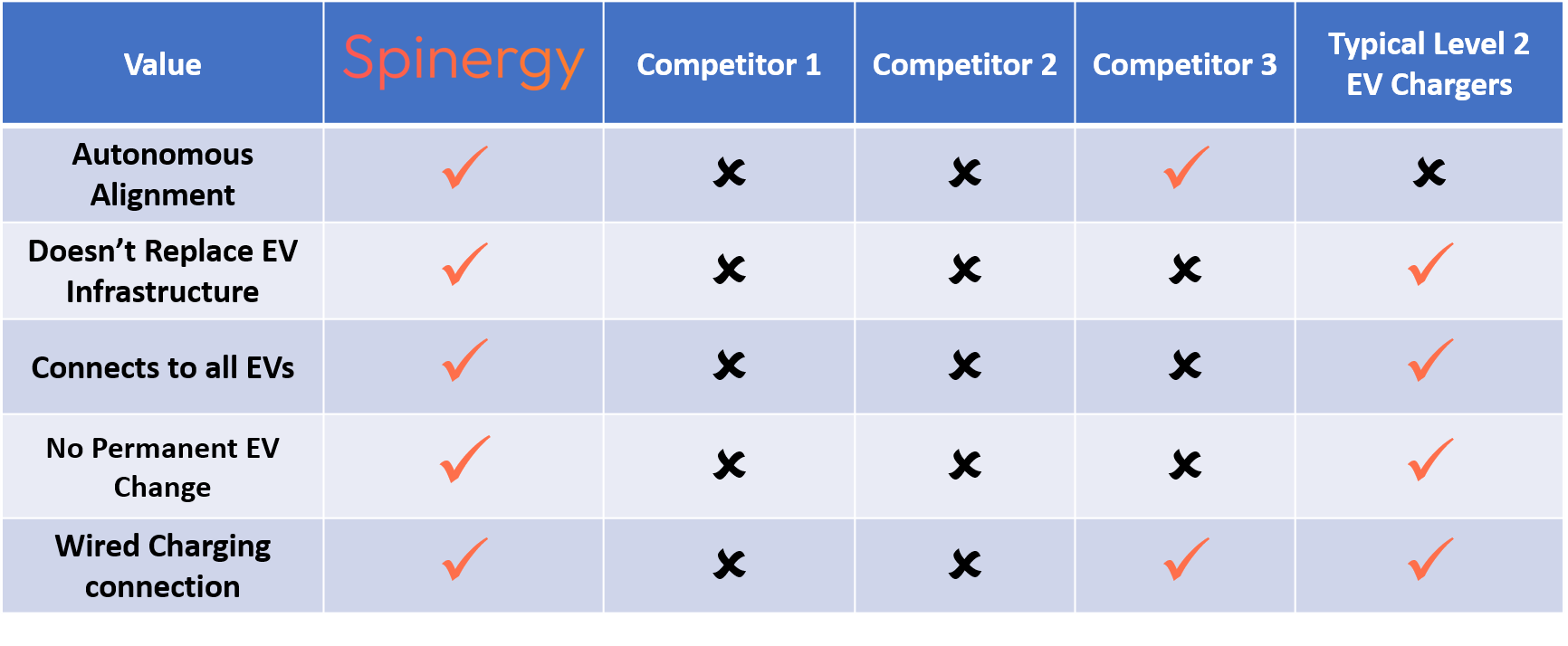
Spinergy sets itself apart by supporting the current ecosystem of EV chargers, not replacing it
Value Proposition

Spinergy sets itself apart by supporting the current ecosystem of EV chargers, not replacing it
Market Opportunity
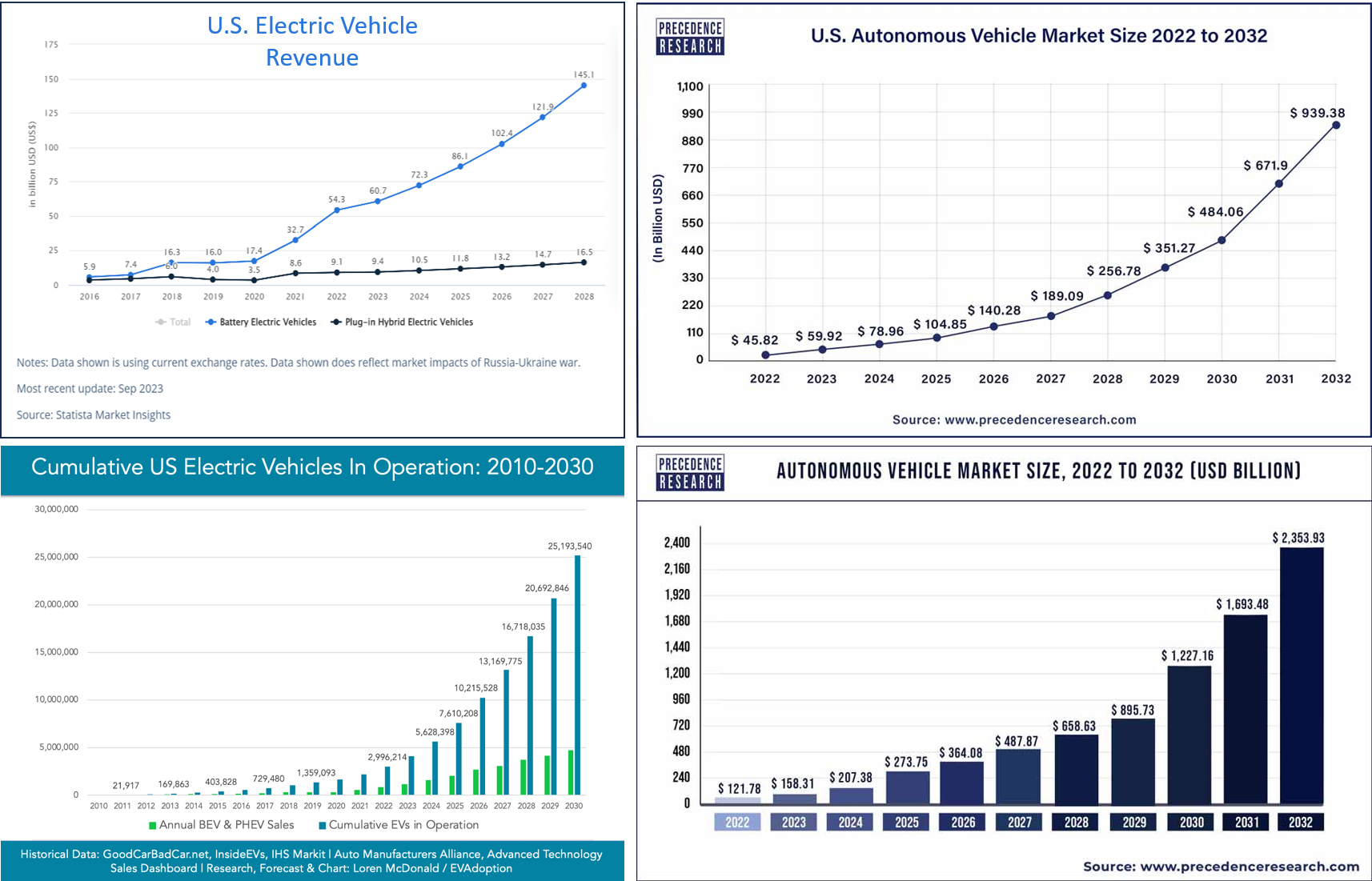
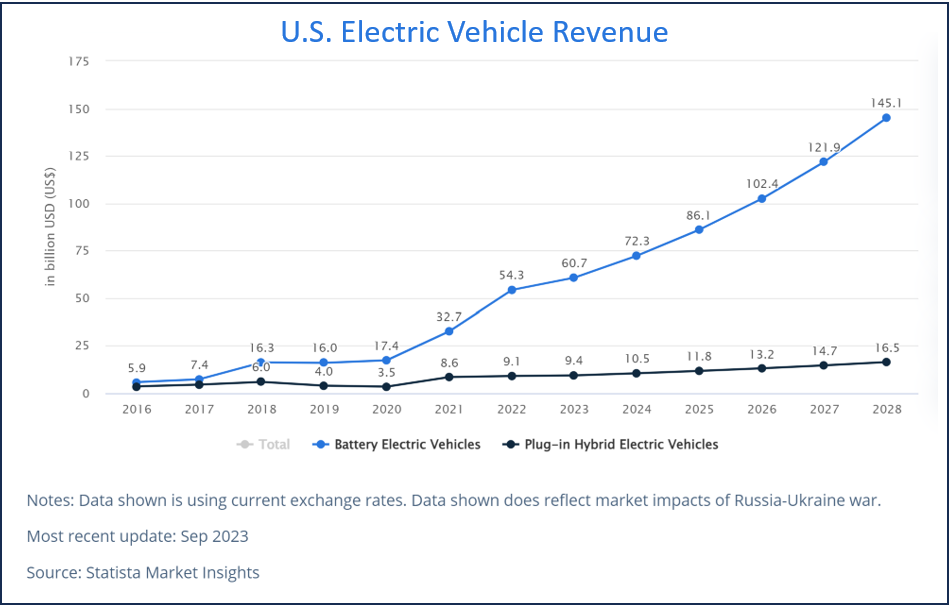
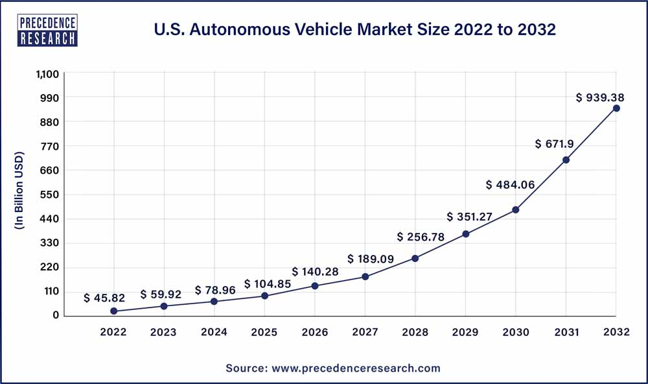

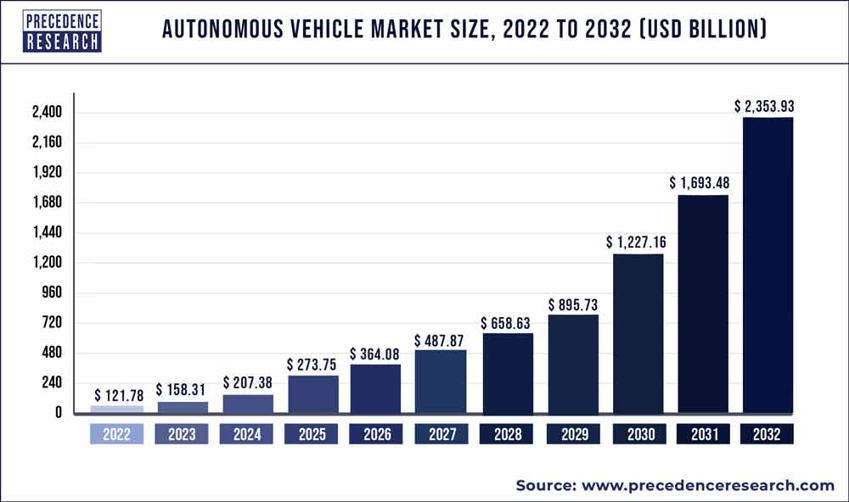
Business Model
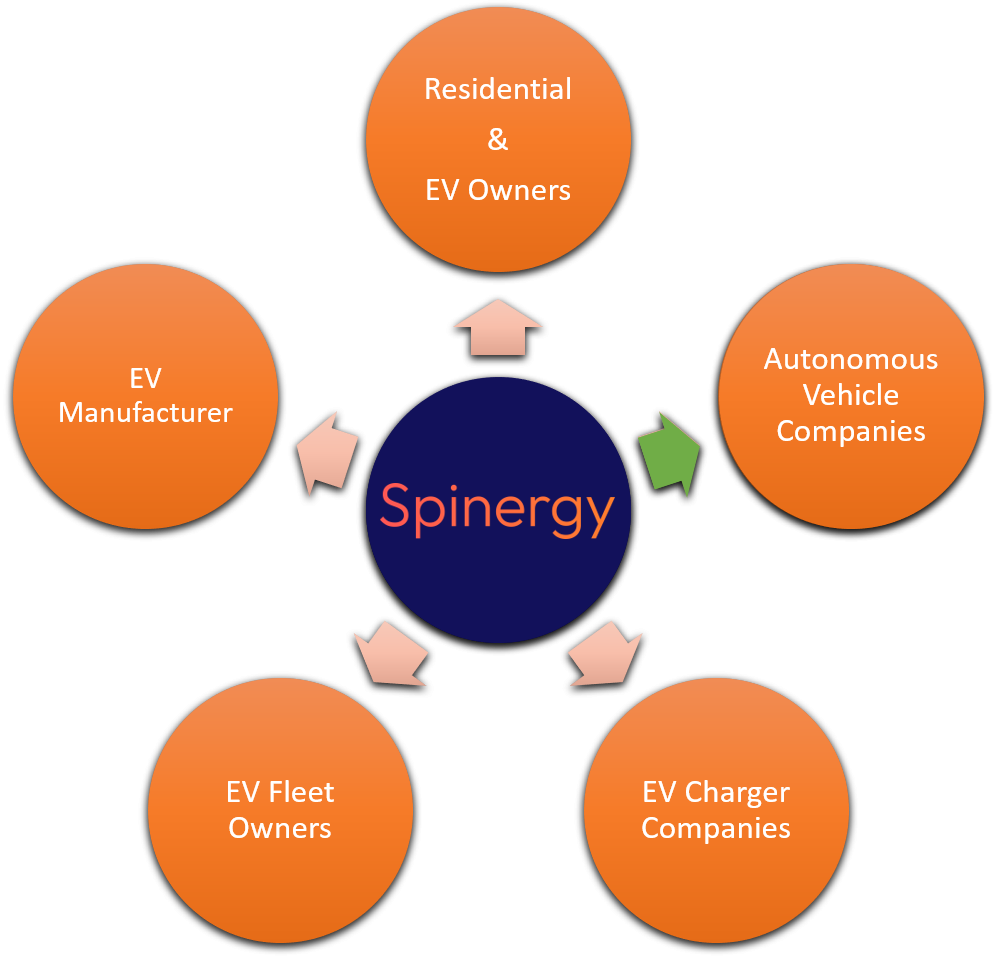

Business Model

Team
Team

Stephen Estelle
CEO & Founder
- Project leader and developer of research devices used worldwide
- Inventor of Spinergy
- Business operations and funding acquisition
- Mechanical & Biomedical Engineer

Stephen Estelle
CEO & Founder
- Project leader and developer of research devices used worldwide
- Inventor of Spinergy
- Business operations and funding acquisition
- Mechanical & Biomedical Engineer

Stephen Estelle
CEO & Founder
- Project leader and developer of research devices used worldwide
- Inventor of Spinergy
- Business operations and funding acquisition
- Mechanical & Biomedical Engineer
Partnerships
Patent Pro Bono Program



Detailed information on proof of concept prototype is available upon request.
Contact us for more information and if Spinergy aligns with your mission.
Currently fundraising $2,000,000 for seed funding.
sestelle@estelleingenuity.com

Detailed information on proof of concept prototype is available upon request.
Contact us for more information and if Spinergy aligns with your mission.
Currently fundraising $500,000 for pre-seed funding.
sestelle@estelleingenuity.com














